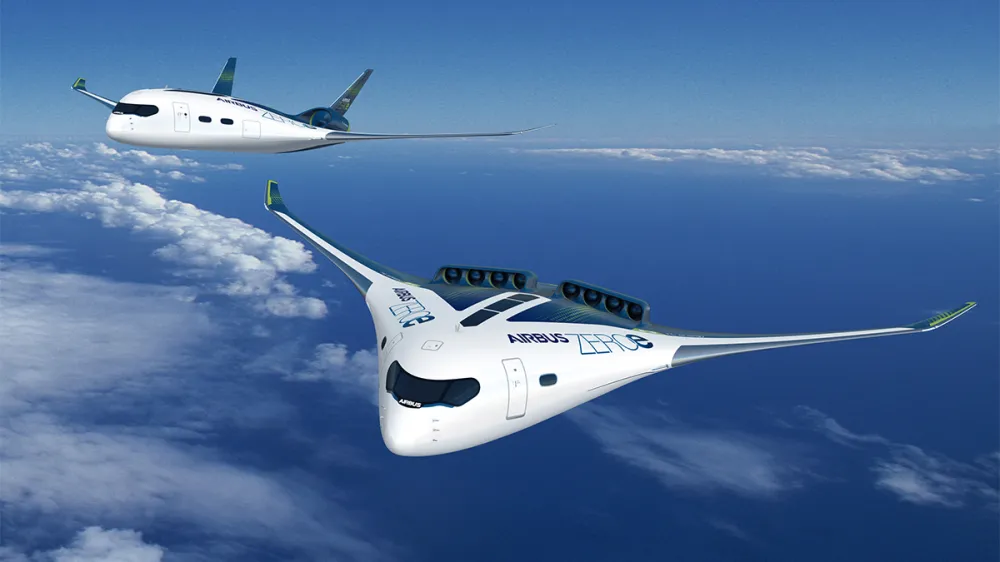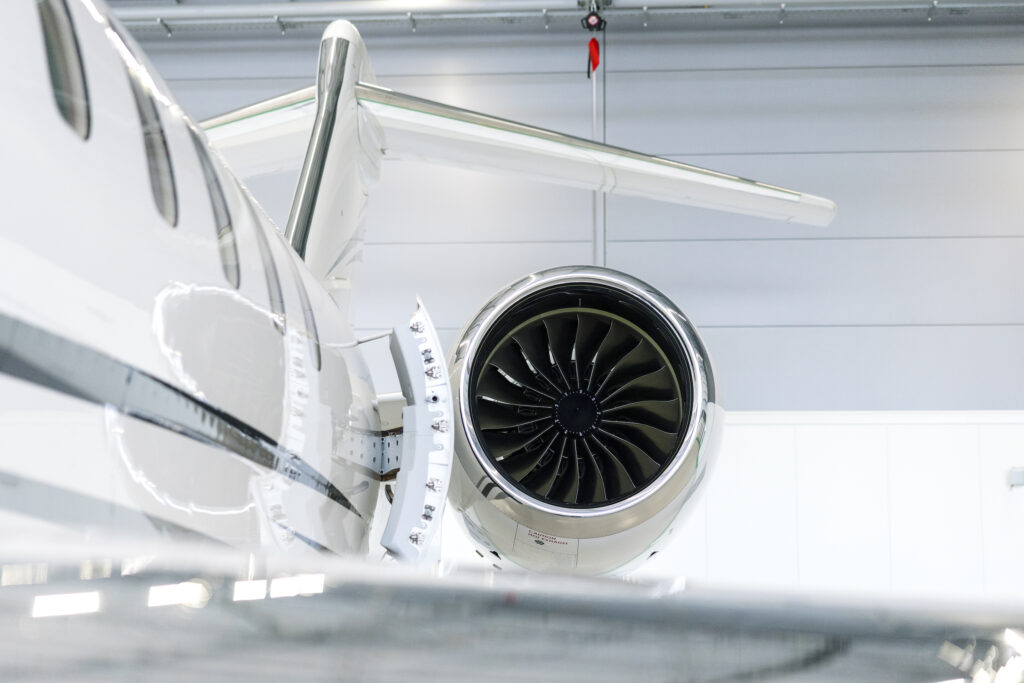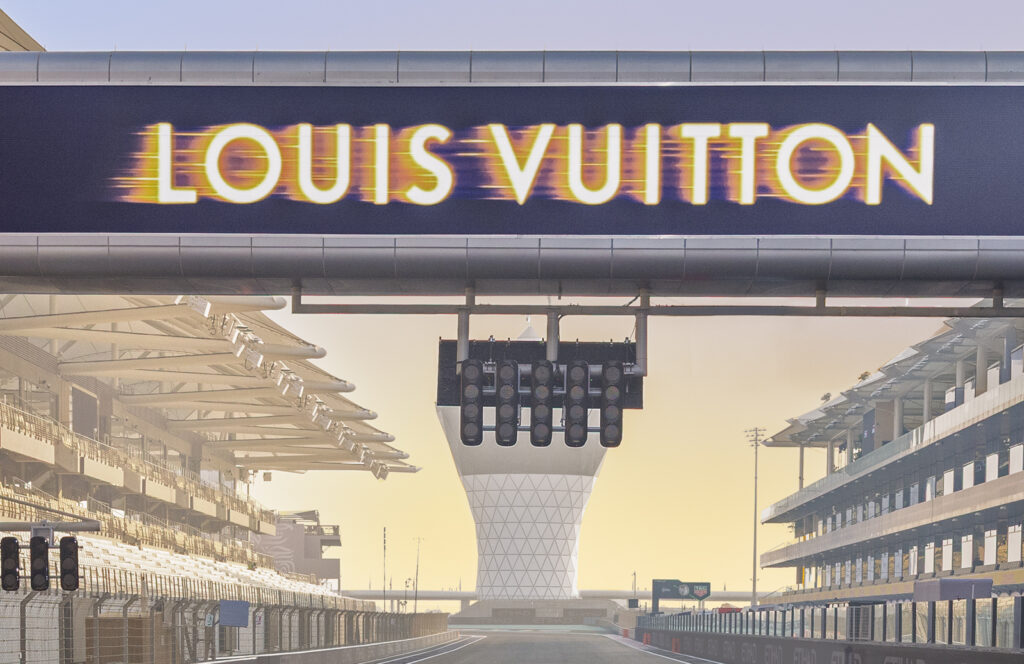Once the purview of military design, blended-wing-body aircraft may be the industry’s unconventional solution to carbon neutrality.
The first century of aviation design didn’t give trendspotters much to get excited about, with the vast majority of production aircraft remaining little more than tubes with wings attached. Later, boomerang-shaped outliers known as “flying wings,” such the Northrop YB-49 and Northrop GrummanB-2 Spirit, captured the aeronautical industry’s imagination with their futuristically stealthy looks, while military jets with blended-wing-body (BWB) configurations—notably the B-1 Lancer and the Lockheed SR-71 Blackbird—likewise built cult followings for breaking design barriers as well as sonic ones.
A resurgence of BWB concepts, now addressing prior control and stability issues, promises more efficient operation for defense, cargo, and even commercial-passenger applications, with some specifically designed as business jets. The streamlined BWB shape reduces drag, thereby increasing fuel efficiency, and lowers carbon output—the last being the main impetus for aircraft manufacturers trying to meet the industry’s widespread pledge to be carbon neutral by 2050.
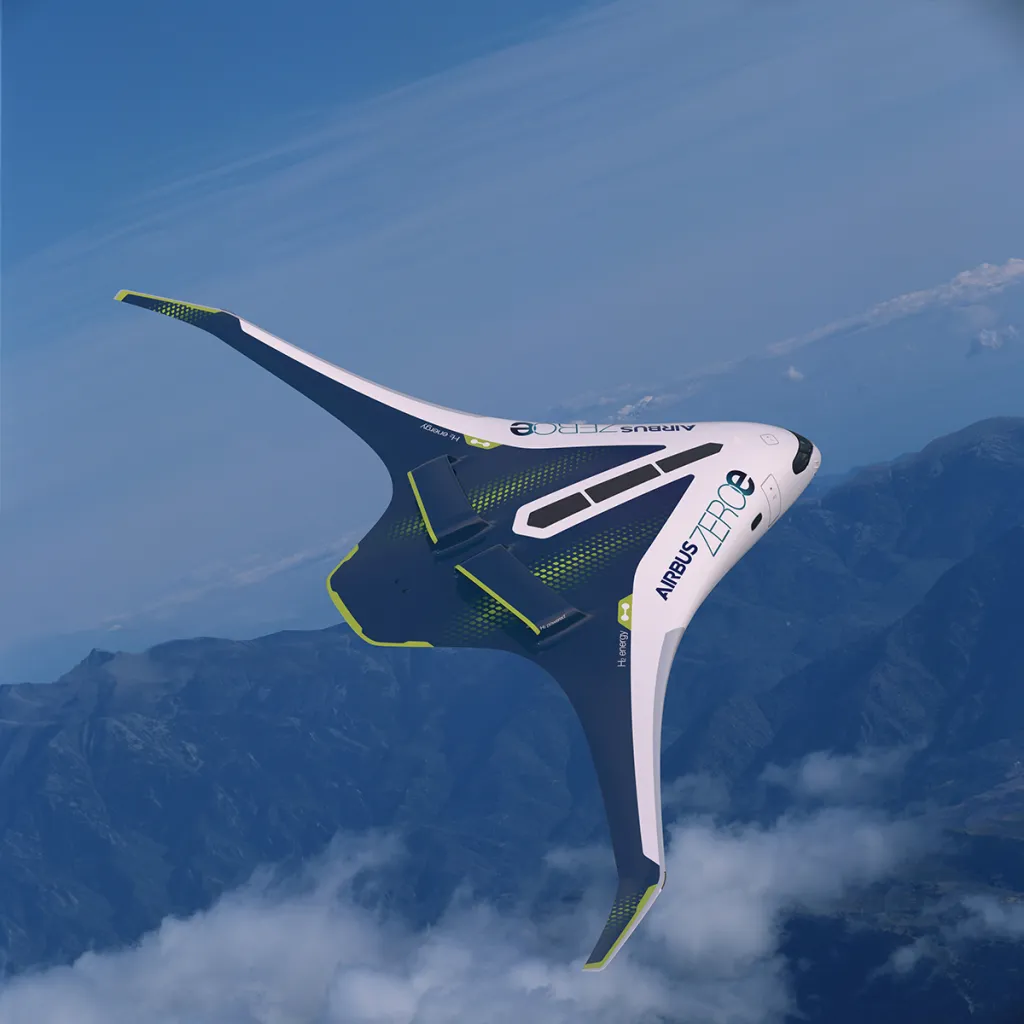
COURTESY OF AIRBUS
EcoJet, Bombardier’s BWB concept, passed its first scaled-demonstrator flight tests in 2017 and is now starting the second generation with a larger prototype. “Our original idea was to create a more sustainable aircraft without compromising what our customers expect in a business jet,” says Stephen McCullough, Bombardier’s senior VP of engineering and product development. That includes hitting benchmarks for speed, altitude, and interior volume that offer at least the same experience as its existing fleet. “The blended-wing-body ticks the majority of those boxes,” he says, while potentially reducing emissions by 20 percent. One challenge with the form is maintaining the plane’s airport-friendly footprint, though McCullough focuses on the positive, noting that the aircraft’s taller, wider cabin “opens up a lot of exciting opportunities” for Bombardier’s interior designers.
Airbus has also spent years developing a twin-engine BWB model it calls Maveric, but real progress came when the manufacturer added the aircraft to its hydrogen-powered ZEROe concepts program, as its larger inherent capacity makes it better for carrying hydrogen than a standard design. A spokesperson for Airbus noted, though, that Maveric remains a construct “not for our first generation of hydrogen aircraft, but for the following ones.”
By contrast, California-based JetZero is fast-tracking a demonstrator to be ready for flight tests in 2027 and market entry in 2030. CEO and cofounder Tom O’Leary is no stranger to disruptive ventures, having worked at Tesla and eVTOL maker Beta Technologies, and the entrepreneur in him was inspired by NASA’s billion-dollar investment in BWB research.
“This design jumped out at me as addressing the biggest challenges aviation has: lowering cost and fuel burn, lowering emissions, improving the passenger experience, and enhancing operational efficiency,” he says. The aircraft is being funded by a $235 million grant from the U.S. Air Force, where it will initially be conscripted before entering the public sector. O’Leary insists that the tight timeline for JetZero’s efforts are realistic. “This airframe technology has been worked on for 30-plus years,” he says, “and we can use commercially available products for the rest of the plane, including engines, avionics, and actuation systems.”
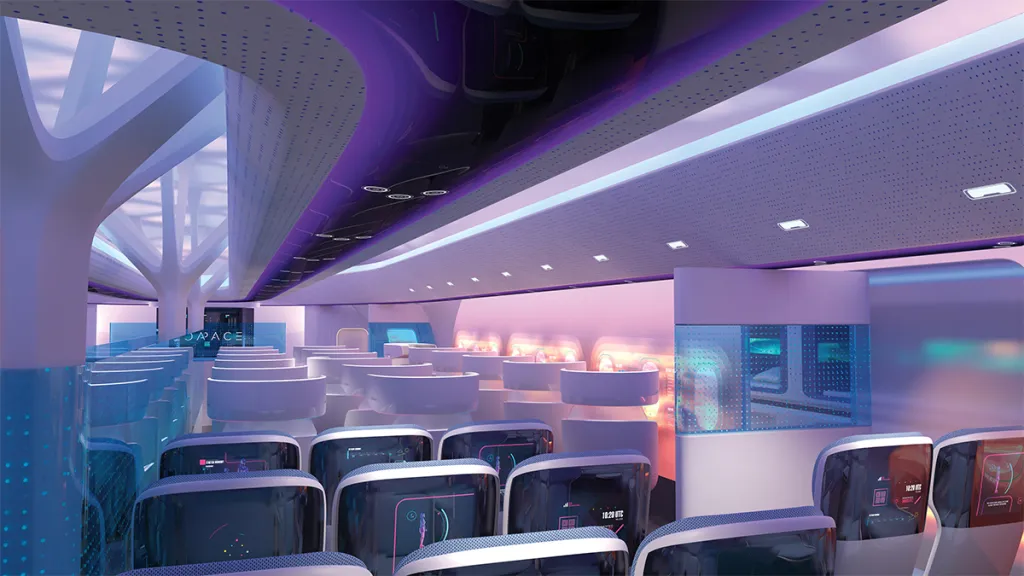
COURTESY OF AIRBUS
The BWB’s increased usable volume makes it especially suited to utility transport, as evidenced by California air freight specialist Natilus. According to its cofounder, Aleksey Matyushev, Natilus has $8.6 billion in orders for its nascent fleet of autonomous cargo planes from Ameriflight, Volatus Aerospace, Flexport, Astral Aviation, and other clients, the first of which should see initial flight testing in approximately two years.
One hope seems to be that the many challenges of developing clean-sheet BWB aircraft might be overcome by the sheer momentum of engineering and investment. McCullough notes that more than a third of Bombardier’s R&D dollars were funneled last year into sustainability projects such as the EcoJet, with the percentage expected to rise to 50 percent by next year. “The 2050 commitment is driving our innovation efforts, as well as the rest of the industry, towards that goal.”

